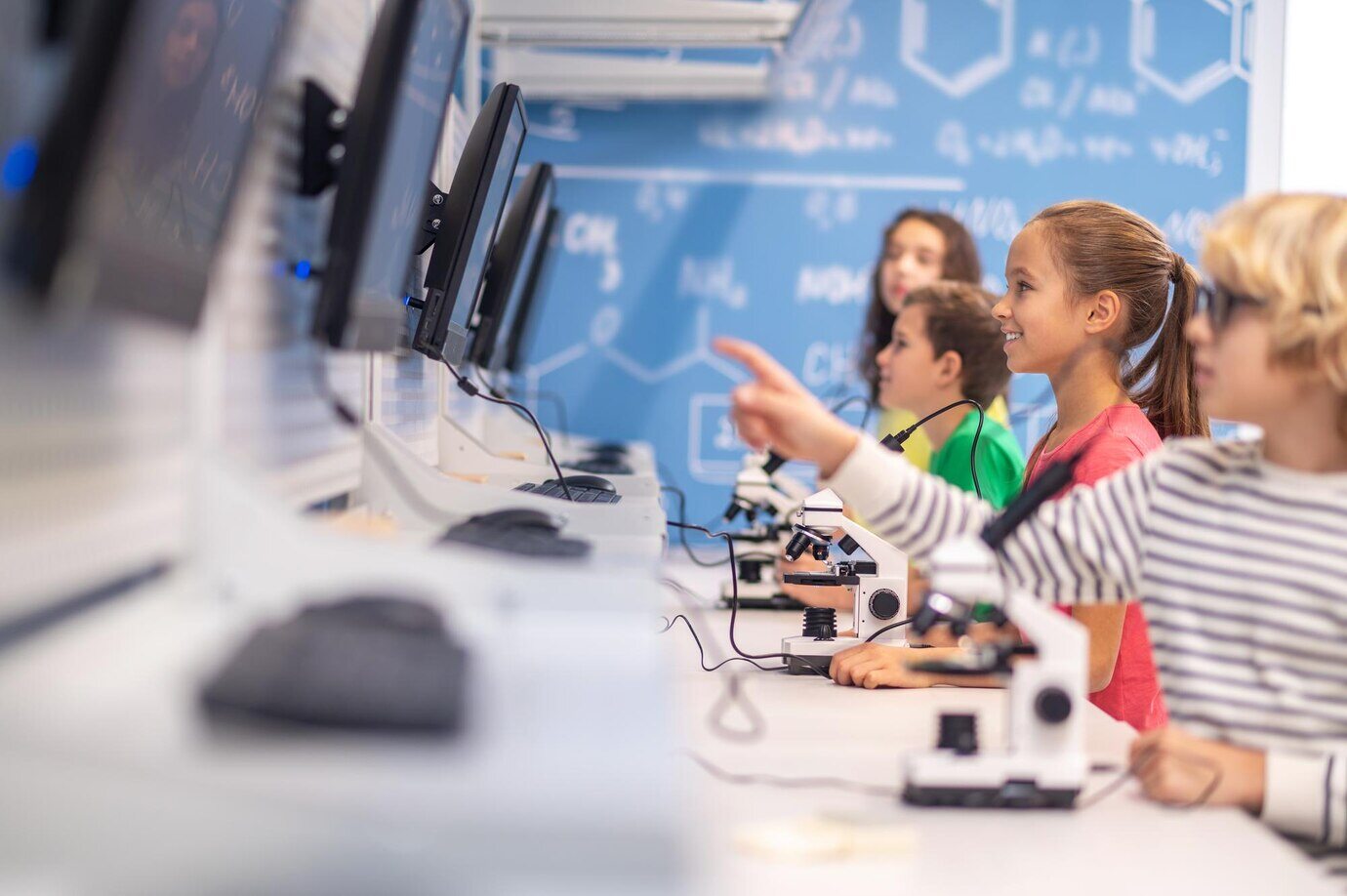In this article we will discuss how AI is being used to personalize learning experiences, improve assessments and provide additional support to students. In addition, AI can help teachers by automating administrative tasks and providing educational resources tailored to the needs of each student.
Generative artificial intelligence has arrived in the classroom, and teachers have started using AI-based assessment tools such as AutoMark, Class Companion or CoGrader, and claim that they help them give feedback faster. Used correctly, teachers say, AI tools in the classroom can provide speed, consistency and remove bias from assessments. However, there are also voices that raise questions about the use of these technologies in education.
One of the most important advantages of using AI in academic assessment is the speed at which these systems can process and provide feedback. Traditionally, correcting work and providing detailed feedback requires considerable time and effort on the part of teachers. With the help of AI, this task becomes much more efficient, allowing teachers to focus on other aspects of teaching and learning.
AI in academic assessment is the speed at which these systems can process and provide feedback. Traditionally, correcting work and providing detailed feedback requires considerable time and effort on the part of teachers. With the help of AI, this task becomes much more efficient, allowing teachers to focus on other aspects of teaching and learning.
In addition, AI has the potential to ensure consistency in assessments, eliminating the biases that can inevitably occur when the assessment is performed by humans. Tools like AutoMark and Class Companion are programmed to follow clear and uniform grading criteria, thus reducing grade variability.
Here are some benefits that contribute to the creation of a more efficient, accessible and adapted educational environment to the needs of each student:
Personalized learning: AI can analyze students' learning styles and performance to create personalized learning experiences. Thus, each student can progress at their own pace and receive support tailored to their needs.
Enhanced engagement: By using interactive content, games and adaptive learning platforms, AI can make learning more engaging and motivate students to actively participate.
Efficiency: AI can automate administrative tasks such as grading assignments and managing timetables, saving time for teachers and allowing them to focus on teaching.
Access to quality education: AI-powered educational platforms provide access to diverse and up-to-date educational resources, thereby democratizing education and providing equal opportunities to all students, including those in remote areas.
24/7 Availability: Virtual tutors and AI chatbots can provide support and answer questions at any time, improving accessibility for students who need help outside of traditional class hours.
Data-driven insights: AI can analyze large amounts of data to provide educators with insights into student performance, enabling early intervention for struggling students.
Language translation: AI can remove language barriers by providing real-time translation services, making educational content accessible to students from diverse language backgrounds.
Personalized Curriculum: AI can help design personalized study programs and suggest additional resources for each individual learner based on their progress and interests.
However, not everyone is on board with the idea that AI should play such a big role in valuation. Alex Kotran, co-founder of the AI Education Project, said using AI for grading could undermine trust in the education system. Another problematic aspect is the variability of results provided by different AI evaluation programs. For example, a paper tested by The Wall Street Journal received different grades in each program, with significant differences between them, raising questions about the reliability and accuracy of these tools.
Despite these challenges, it is clear that AI has huge potential to transform the way education is delivered. The key to success lies in the responsible and informed use of these technologies, ensuring that they complement and support the efforts of teachers, rather than replacing them.
and informed use of these technologies, ensuring that they complement and support the efforts of teachers, rather than replacing them.
As technology advances, it is essential that educators and software developers collaborate to create tools that meet the real needs of students and teachers while maintaining standards and ethics in education. AI is not a miracle solution, but used correctly, it can bring significant benefits to the educational process.




Comments